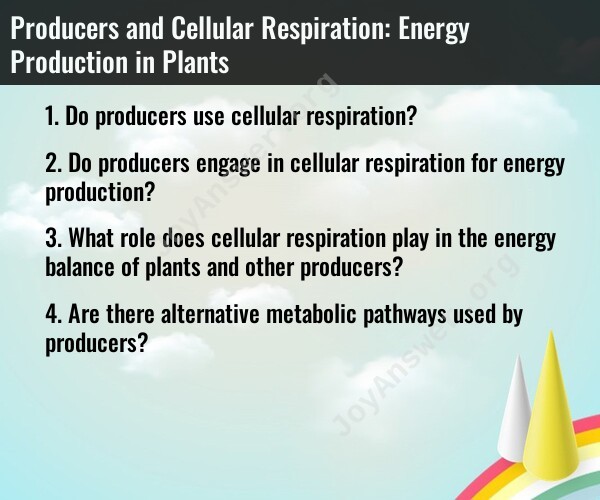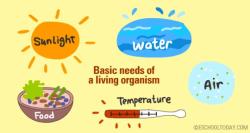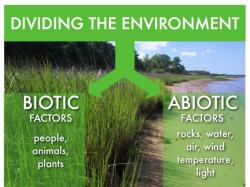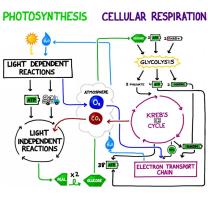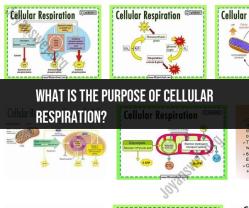Do producers use cellular respiration?
Yes, producers, which are primarily plants and some types of bacteria, do use cellular respiration. Cellular respiration is the process by which living cells, including plant cells, break down organic molecules like glucose to produce energy in the form of adenosine triphosphate (ATP). This energy is used for various cellular processes, including growth, reproduction, and maintaining basic life functions.
Plants, as autotrophic organisms, are unique in that they can both produce their own food through photosynthesis and use cellular respiration to extract energy from the stored sugars and other organic compounds they create during photosynthesis. While photosynthesis is the primary process by which plants generate energy from sunlight, cellular respiration complements this by releasing energy when needed, such as during the night or in response to energy-demanding activities.
In summary, producers, including plants, engage in cellular respiration to extract energy from stored organic compounds, alongside photosynthesis, which is their primary method of energy production using sunlight. This combination of processes allows them to thrive and fulfill their ecological roles as primary producers in ecosystems.
Do producers engage in cellular respiration for energy production?
Yes, producers engage in cellular respiration for energy production. Cellular respiration is a process that converts glucose into energy in the form of ATP. All living organisms, including producers, need ATP to power their cellular processes.
What role does cellular respiration play in the energy balance of plants and other producers?
Cellular respiration plays a vital role in the energy balance of plants and other producers. Plants use cellular respiration to convert the glucose they produce through photosynthesis into ATP, which they use to power their cellular processes. Plants also use cellular respiration to break down other organic molecules, such as carbohydrates and fats, into ATP.
Are there alternative metabolic pathways used by producers?
Yes, there are alternative metabolic pathways used by producers. One alternative metabolic pathway is called fermentation. Fermentation is a process that converts glucose into energy without the use of oxygen. Fermentation is used by plants and other producers in anaerobic conditions, such as when they are flooded.
Another alternative metabolic pathway is called photorespiration. Photorespiration is a process that occurs in plants and other photosynthetic organisms. Photorespiration reduces the efficiency of photosynthesis, but it also plays a role in stress tolerance and nitrogen assimilation.
Producers use a variety of metabolic pathways to produce energy and to meet their other metabolic needs. The specific metabolic pathways that a producer uses will depend on the organism's environment and its specific needs.
